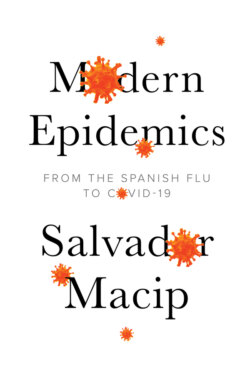Читать книгу Modern Epidemics - Salvador Macip - Страница 18
The dark side
ОглавлениеIt’s well known that not all microbes are as beneficial as the ones I’ve just described. A group called pathogens, amounting to only 1,415 of all those that exist, have been found to cause infectious diseases in humans. Although they are clearly a minority, their impact on society has been, and is, immense.
Infections occur when one of these pathogens manages to enter our organism and overcome its defence systems. Problems arise when the microbe starts drawing on the resources of the organisms it has invaded to multiply nonstop. If this isn’t checked fast enough, it will end up interfering with the normal functioning of the body, presenting the symptoms characteristic of each infection, depending on the organs the invader prefers. Some of these symptoms are shared by many infectious diseases, for example, fever, shivers or feeling unwell in general.
It’s commonly believed that, thanks to the discovery of antibiotics, pathogenic microbes have ceased to be the terrible threat they were until just a few decades ago. To some extent, this is true. Nevertheless, we are a long way from being able to feel relaxed about this. On the one hand, bacteria that are resistant to the most commonly used antibiotics are constantly appearing. On the other, some serious illnesses still exist for which there are no vaccines or treatment. And there are still others that have both but, even so, we can’t stop them. Moreover, it should be recalled that antibiotics are only useful against bacteria, but they don’t work with viruses. It’s true that we have antivirals to fight these microbes, but they aren’t so effective, and we still haven’t produced such a wide range either. This, then, is a neverending struggle.
